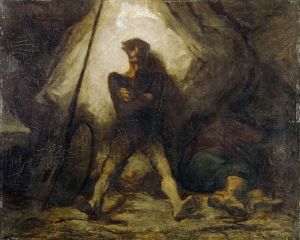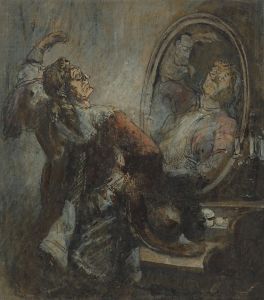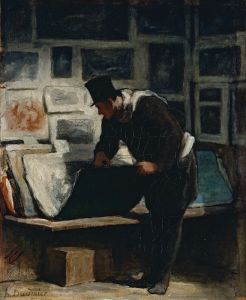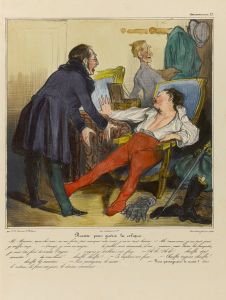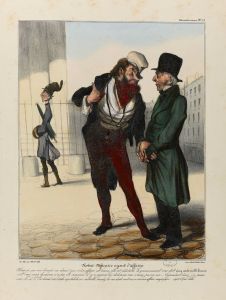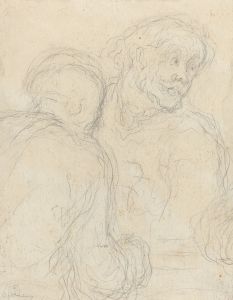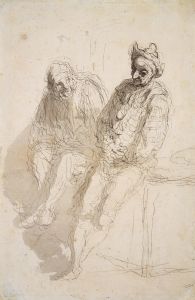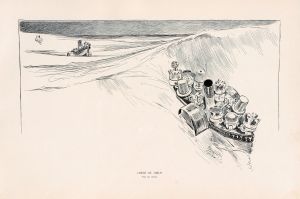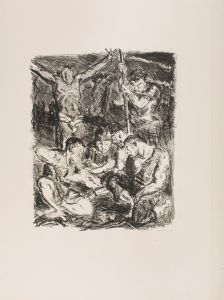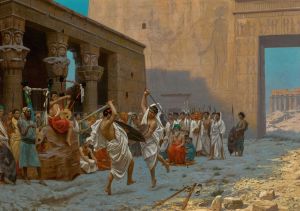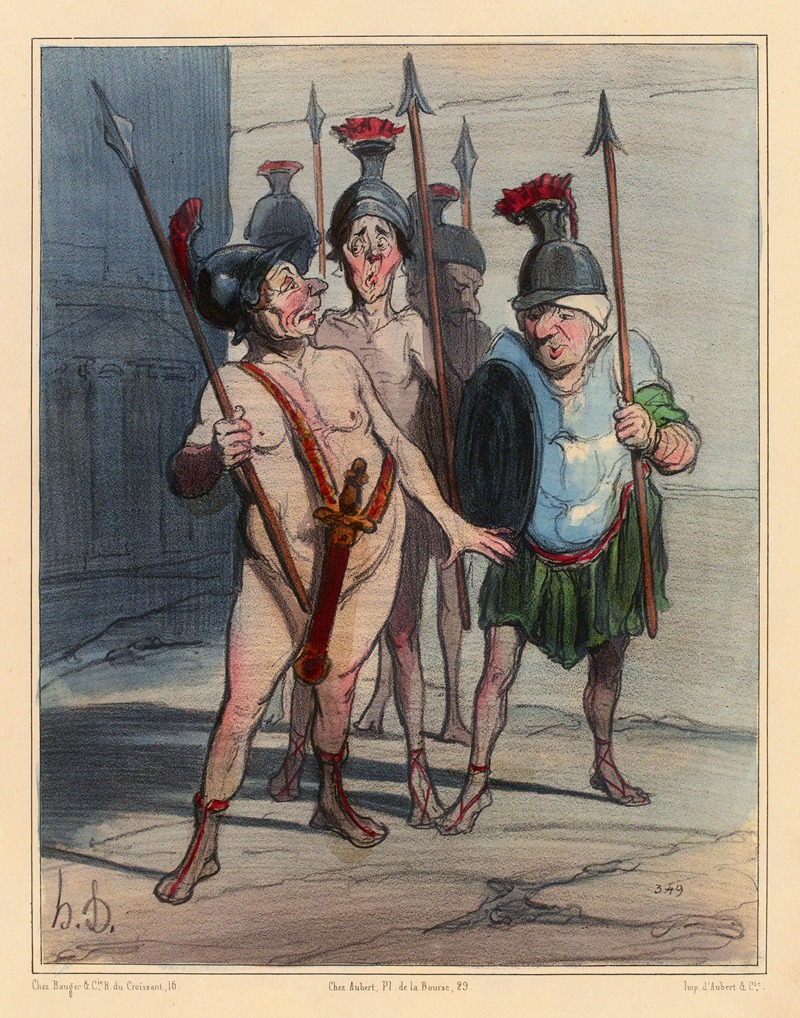
La veille des Thermopyles
A hand-painted replica of Honoré Daumier’s masterpiece La veille des Thermopyles, meticulously crafted by professional artists to capture the true essence of the original. Each piece is created with museum-quality canvas and rare mineral pigments, carefully painted by experienced artists with delicate brushstrokes and rich, layered colors to perfectly recreate the texture of the original artwork. Unlike machine-printed reproductions, this hand-painted version brings the painting to life, infused with the artist’s emotions and skill in every stroke. Whether for personal collection or home decoration, it instantly elevates the artistic atmosphere of any space.
Honoré Daumier, a prominent French artist known for his caricatures, paintings, and sculptures, created the artwork "La veille des Thermopyles" (translated as "The Eve of the Battle of Thermopylae"). Daumier was born in 1808 and became renowned for his satirical works that often critiqued the social and political issues of his time. Although he is primarily celebrated for his lithographs and caricatures, Daumier also produced a number of paintings that reflect his keen observation of human nature and historical events.
"La veille des Thermopyles" is one of Daumier's lesser-known works and, as such, there is limited information available about this specific painting. The title refers to the historical Battle of Thermopylae, a famous conflict that took place in 480 BC between an alliance of Greek city-states, led by King Leonidas of Sparta, and the Persian Empire of Xerxes I. The battle is celebrated for the heroic stand of the vastly outnumbered Greek forces, particularly the 300 Spartans, who fought to delay the Persian advance.
Daumier's choice to depict the eve of this significant historical event suggests an interest in themes of courage, sacrifice, and the tension preceding a monumental battle. While Daumier's works often contain elements of social commentary, it is unclear how these themes are specifically addressed in "La veille des Thermopyles" due to the scarcity of detailed descriptions or analyses of the painting.
In general, Daumier's paintings are characterized by their expressive use of color and form, often conveying a sense of drama and emotion. His style is sometimes associated with Romanticism, although he also incorporated elements of Realism, particularly in his focus on the human condition and societal issues. Daumier's works frequently highlight the struggles and resilience of ordinary people, which may also be a theme present in "La veille des Thermopyles."
Despite the lack of extensive documentation on this particular painting, Daumier's broader body of work provides context for understanding his artistic approach. He was deeply engaged with the political and social dynamics of 19th-century France, often using his art to critique authority and champion the underprivileged. His ability to capture the essence of human experience with both humor and empathy has left a lasting impact on the art world.
"La veille des Thermopyles" remains a testament to Daumier's interest in historical subjects and his ability to convey complex themes through his art. While specific details about the painting are limited, it is likely that Daumier's depiction of the eve of the Battle of Thermopylae reflects his broader artistic concerns with heroism, conflict, and the human spirit. As with many of Daumier's works, the painting invites viewers to reflect on the timeless nature of these themes and their relevance to contemporary society.





